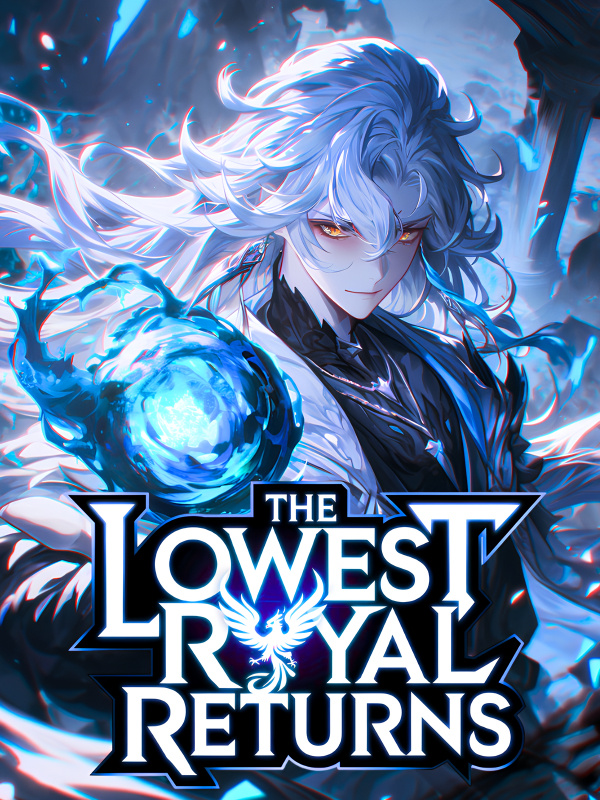©Novel Buddy
My Formula 1 System-Chapter 494: S3 Qatar Grand Prix. 2
Chapter 494: S3 Qatar Grand Prix. 2
Despite strong deliberations from them, Race Control ultimately chose not to red-flag the race at the end. Providentially, that was just the right call because it proved fruitful.
By Lap 15 of the Qatar Grand Prix, the violent heat wave that had swept across Lusail had finally begun to dissipate. The heat dispersion was a relief to everyone who was suffocating, and even to the drivers whose cars began to stabilise.
It was a seventeen-minute span of peril for everyone in the north of Doha. The Qatar Grand Prix made history as the first race ever to experience a full-blown heat wave, a race that quivered on the edge of a suspension. All teams were already on standby for the emergency as news had come in from the marshals for a possible red flag that never came.
"...And look at that...we might just make it through after all..."
"...I don’t know how the drivers have managed to keep those cars planted through this furnace spell. But I’ll tell you this—it’s nothing short of a miracle that we haven’t had a red flag! The temperature’s dipping! The Qatar Grand Prix breathes on..!"
Had the officials opted for a suspension mid-race, the event might have entered logistical uncertainty the moment the heat wave decided to drop at Lap 15. Imagine drivers already in the garage, perhaps resting, or even the cars in possible servicing, and then Race Control called for restart.
That was a night race. Time was of the essence. Everyone agreed that it was great that the race proceeded uninterrupted, and as Lap 20 approached, many drivers; some lacerated, some emboldened, felt the track slowly beginning to return to normalcy. And the truth everyone knew too was that the Qatar Grand Prix had barely escaped a second consecutive collapse.
The Qatar government and race organisers were visibly disheartened by the unexpected turn of events. What was supposed to be a night of splendour, showmanship, and Arabian spectacle had descended into disarray as the heat wave disrupted the rhythm of the race and, more tragically, the passion of the fans. They could do nothing but watch from their reserved balconies as the crowd began to spill away in waves.
And these were actually people who bought tickets. These were families and hard-core fanatics who had travelled from different corners of the world. Many of them chose to leave Lusail International Circuit. At the end, a predicted total of 25,000 people left that night before the race was over, leaving about 125,000 more still in the grandstands.
It was quite the scene though for news channels to farm. Imagine the professional racers zooming through the vibrantly designed track with fabulous action, turns and overtakes, while up above, the aerial cameras captured the slow, stubborn river of bodies exiting the circuit—people dragging themselves and belongings, shielding or covering their children, creating even more heat as they aimed to leave.
These fans weren’t wrong to leave because sweat had soaked through their outfits, refreshments had run dry or soggy, and the tension of sitting under that heat even after it was gone, was simply too much. What if another immediate heat wave came again? A question in their minds that sent them packing. Emptying seats would always be a stain in reputation for both F1 itself and the hosts.
The footage quickly made headlines, and though the race went on, the emotional scar it left on Qatar’s motorsport pride would take time to fade.
The consequential problems in total were too many to list. From the disarray in team radio communications to the abrupt changes in tire behavior and the deluge of engine warnings across all 20 cars, it was an anomaly the sport hadn’t seen in years.
No matter how many years of experience, all engineers of every team were blindsided, and their accompanying strategists had to play a game of limbo. The technology of Formula One had advanced far beyond the past, but no level of progress could anticipate a spike of such intensity and timing. It brought shame, worry, and undeniable questions about the future of night races in the Middle East.
So, when the predicament ceased, the drivers, most of whom had pushed through 6 to 7 laps of baking track temperature and tire abuse, dived into the pitlane for immediate relief. And these kinds of pitstops would take up to eight seconds, no problem.
All ten teams jumped into action simultaneously, and it caused a pit congestion beyond reason!!
And in the rush, a dangerous moment sparked between Denko Rutherford and Antonio Luigi. Denko had been released by Haddock Racing with urgency, as chaos had become Lusail’s second name. Luigi was sweeping through his pit box exit right at his release, causing their cars to kiss instantly.
Luigi had to jolt his steering while braking, and this caused him to throw the rear end of the W12 into the pitlane’s barricades!
"WOOOOOOOOOOOHHHHHHHH!"
"...DENKO RELEASED RIGHT INTO LUIGI..!"
"...Haddock Racing with the unsafe release...!"
It was a crash, but the car could still move. Denko raised a hand in apology on the feed, but Luigi had a bigger problem. Squadra Corse had to reservice him, costing an immense amount of time!
Iberia GP, on the other hand, wanted to try and capitalize in this chaos and attempted to double stack their drivers. This meant that they wanted to pit their drivers, Petrov and Rice, consecutively on the same lap.
However, it went south almost immediately. Petrov’s stop took longer than expected, forcing Hank Rice to hover just behind him, helplessly stalled for nearly five seconds. Rice lost positions, his tires cooled unnecessarily, and by the time he was released, the traffic on the pitlane had already thickened to a disastrous level. Other teams laughed at Iberia for their poor efficiency.
But the last laugh had to be saved for the end of the race, because the Qatar Grand Prix remained unpredictable all through.
**I don’t feel alright. My head’s spinning and my stomach... my stomach is bad. Something’s wrong. I can’t see the track**
Matteo Bianchi began to feel nausea and fatigue. The heat strain that plagued everyone happened to impose more effects on him. Perhaps it was because he was less trained, or he wasn’t just as physically capable.
**Copy that, Matteo. We’re seeing some inconsistency in your throttle input too. Are you sure you can keep going?**
**I’m nauseous... I might vomit in the helmet, I swear—this heat, this whole thing’s messin’ me up...**
At Velocità’s pit wall, Mr. Finazzi picked up a plastic bottle of water. He turned around and flung the bottle hard at the floor, his frustration echoing louder than the impact. That radio message from Matteo confirmed the obvious—another DNF in three races for the team. Another moment of helpless watching as their second car came to a crawl.
Their race engineers gave themselves uneasy looks before one replied Matteo.
**Alright, that’s enough. Box now. We’re retiring the car. We’ll get you medical straight away. Just get it home, nice and steady. Good job out there, mate**
Matteo sighed.
**Copy. Sorry, guys...**
And just like that, Matteo Bianchi’s Qatar Grand Prix came to a quiet, heartbreaking end. This meant only one thing for Bueseno Velocità: Jimmy Damgaard would be their sole point scorer again. No major points haul for them once again, and this performance wouldn’t keep them in championship contention. Not with the likes of Squadra, Haddock, and even Trampos pushing at full tilt.
XXX— Matteo Bianchi
At least, that was a passive DNF, but none more passive than how Ailbeart Moireach failed to finish in Qatar.
He was confidently running in the top five after two pitstops had been dutifully taken. But suddenly, he calmly pulled off the track with a cloud of smoke ensconcing him and his Renault!
One of the top contenders for the Driver’s Championship DNFed in a very important race! Thermal damage that had gone unnoticed or maybe, unattended to, had killed his Renault, and his race in Lusail was over!
XXX— Ailbeart Moireach
It was very difficult to believe that the Qatar Grand Prix, once tipped as the cleanest night race of the season, would spiral into such unpredictable turbulence. From the climatic anomaly to the mass audience departure, the pitstop fiascos, the mechanical failures, driver illnesses, and clashes in the garage.
It felt cinematic and surreal, and the spectators that stayed would have a lot of story to tell. The night felt like a dream; the echo of the commentary, roar of engines, bright lights...
It was this sheer absurdity that began to give the Grand Prix its sheen of legend. Many began to describe the night as iconic because of how everything went wrong, and yet the story still unfolded. It was, in every flawed sense of the word, unforgettable.
And Luca was a young man very notorious for tying himself to history. Moments like these were where he belonged. It was his name that glittered at the top of the timing sheets at the end of the race. He had sailed through the peril, adapting like a machine with instincts, and finished P1 with the calm of a man who expected nothing less.
[1ST POSITION]
[Congratulations, host. You have won a race]
[You have received:
—1 Wrench
—2 Catalysts ]







